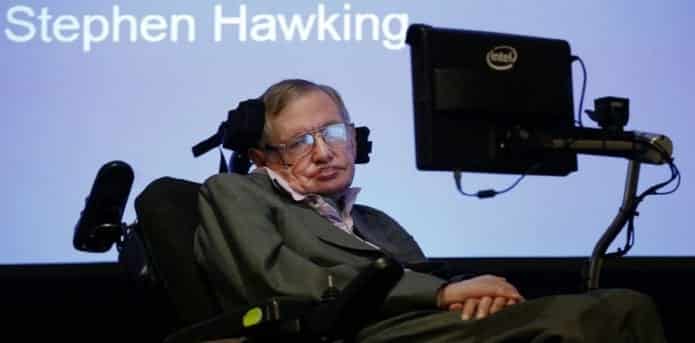Stephen Hawking’s Speech Program Released for Free
The software that allows renowned physicist Stephen Hawking to speak via a computer, surf the internet and carry out other functions is now available free online for public as an open source code. The program interprets visual signals and translates them into words, which are then “spoken” by a machine. However, there is one flip side to it, that is, it is available for the PC only.
Released by Intel, the company that created the code for the Assistive Context-Aware Toolkit (ACAT) had developed the technology specially for Prof Hawking. However, it hopes that it will be able to help others who suffer from ACLS, the motor neuron disease (MND) known as Lou Gehrig, and similar disabilities.
The company hopes that the developers will be able to experiment and expand on the system by creating new interfaces and ways for sensors to connect with the system.
It took three years to make the ACAT, which facilitates the use of computers by people with physical conditions that restrict their movements. In the case of Prof Hawking, the ACAT interprets sensor data capturing movements in his cheek muscles by translating his facial movements into text to ease communication.
The ACAT software uses visual cues from a user’s face to understand commands. Inputs can come from a webcam or an infrared sensor.
Speaking to BBC, Intel said that the software besides sending text to a speech synthesizer can also carry out various functions.
“We have contextual menus to access all different parts of your computer,” said Lama Nachman, principal engineer. “If you want to use Word, surf the web or speak you can use ACAT for that.”
She added that the team had already tried out a variety of different sensors, and they are hoping that the developers will explore other options suitable to each patient’s needs and abilities.
“We also have an accelerometer [motion] sensor for patients who can use a finger but not much more, and a button system for someone who can push a button,” she said.
Intel is currently working with both users and patients in testing the system.
Praising the move, Karen Pearce, Director of Care for the UK’s MND Association said “Helping maintain communication for someone with MND could be as simple as using a pen and paper. But as the disease progresses people often lose the use of their hands too.”
That’s when cutting edge Augmentative and Alternative Communication, or AAC, aids can help; however, it is important that the speech and language therapists look at the best options for families.
“It will be exciting to see how this open source approach works.”
Euan MacDonald, an MND sufferer who runs a disabled access reviews website called Euan’s Guide, said, “AAC is an absolutely fundamental part of my life. Unlike medical research, technology is moving very quickly and it’s exciting to see new things emerge every year.
“The more that technology can help us express what we are thinking, the better,” he added.
According to a post by Intel’s Sai Prasad, the project owner, who said since the source code for this toolkit is open, Intel hopes developers will jump in to build similar systems “by adding new user interfaces, new sensing modalities, word prediction and many other features” to assist in communicating via text or software command.
To get started, developers will need a PC running Windows XP or higher. You can find the software programme and the full source code on Github.

